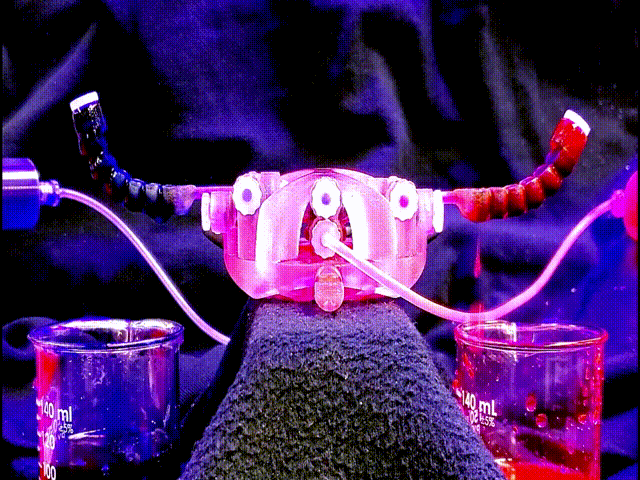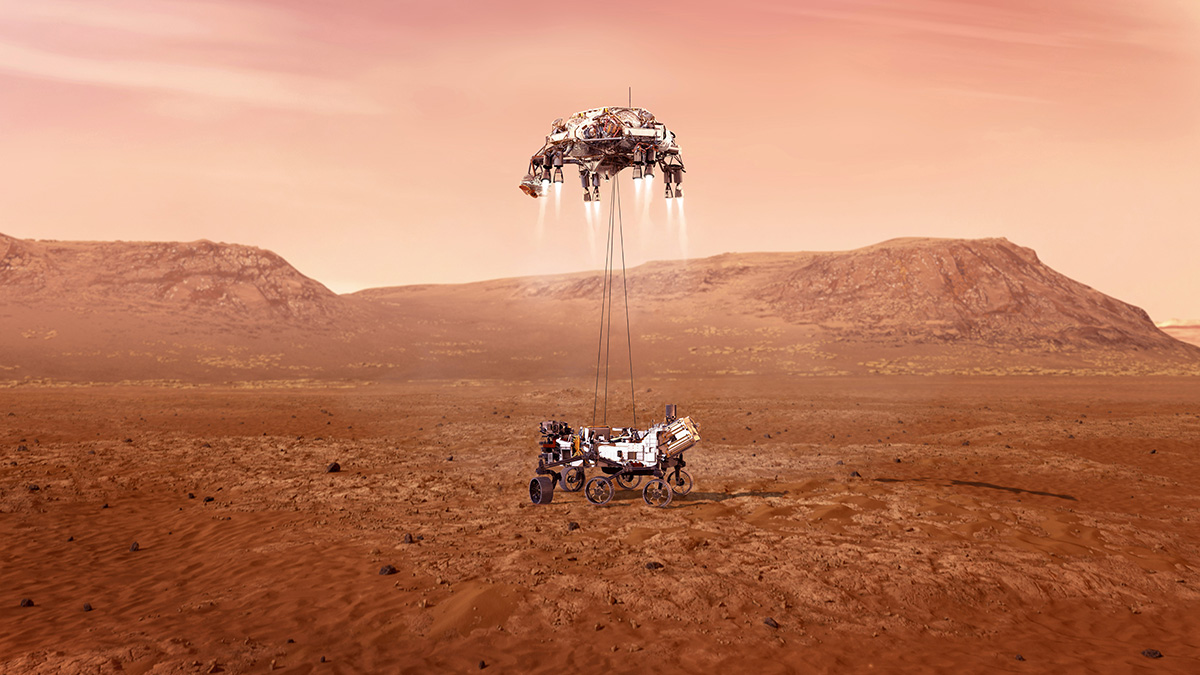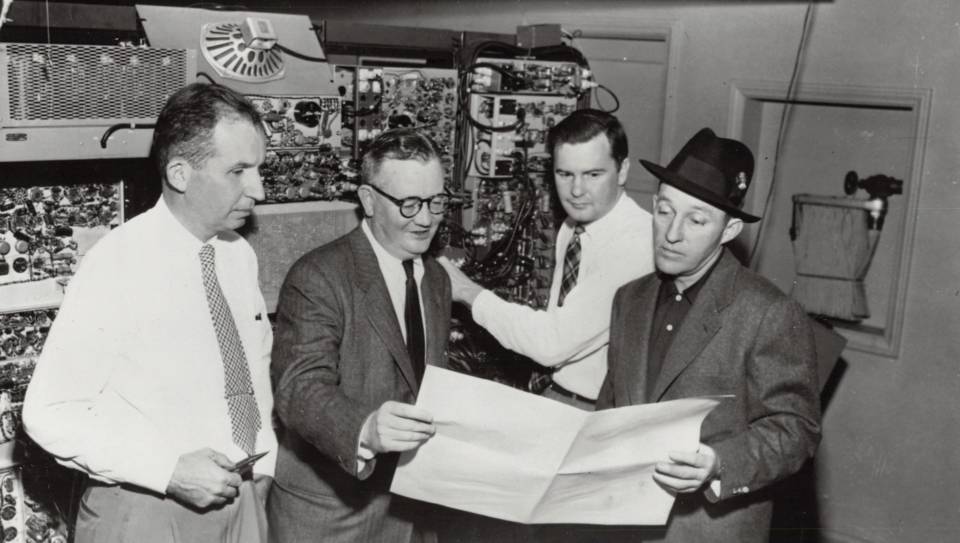Editor’s Note: Brent Glass is Director Emeritus of the Smithsonian’s National Museum of American History and the author of 50 Great American Places: Essential Historic Sites Across the U.S.
News/Blogs
Editor’s Note: Rich Turrin is a former manager at an IBM innovation lab and has worked with many labs over the years as a consultant. He compiled observations and advice in his recent book Innovation Lab Excellence: Digital Transformation from Within, meant to help lab managers and employees understand the conditions in which innovation will flourish, and how to avoid trouble spots. We asked Mr. Turrin to give our readers an overview of the phenomenon of innovation labs and how they can be most effective.
Throughout history, we have celebrated the few among us who have dared to go where others have not. Their names remain familiar long after their explorations: Erikson, Magellan, and Cook. Amundsen, Scott, and Shackleton. Peary and Henson. Livingstone. Columbus. Marco Polo. But the twelve men who stepped onto the moon ventured farther from home and faced a greater range of dangers than all of their predecessors.

If you grew up with Super Mario Bros.

Expecting the unexpected has been a roadblock in bringing artificial intelligent (AI) computers to the next level of deployment in the everyday lives of human, something researchers are making headway in eliminating.
But how can adding a little imaginative power really improve the contributions of AI in modern society?

John H.G.
Many people consider Alexander Graham Bell’s 1876 telephone patent to have been the most valuable ever issued by the U. S. Patent Office. In his recent book, The Telephone Gambit: Chasing Alexander Graham Bell’s Secret, author Seth Shulman claims that Bell “stole the key idea behind the invention of the telephone,” having copied the idea for a liquid transmitter from a patent caveat filed by rival Elisha Gray, and that Gray’s idea unlocked the secrets of the telephone for Bell.

Editor's Note: Bruce Watson is a senior editor of American Heritage. This story appeared in shorter form on his website, The Attic: True Stories for a Kinder, Cooler America.
Editor’s Note: Stephen Coonts is a Vietnam veteran and the author of over 40 books of fiction and non-fiction including the bestselling Flight of the Intruder. Barrett Tillman has also authored over 40 books, mostly on naval and aviation topics, including On Yankee Station.

Editor's Note: Kris Trexler is a two-time Emmy award winning video/film editor who has worked on shows like "In Living Color" (Fox), "Ellen" (ABC), and "Titus" (Fox). You can find this story and more like it on his blog, King of the Road.
On board a Lockheed WP-3D Orion aircraft nicknamed "Miss Piggy," NOAA hurricane hunters fly into the center of Tropical Storm Isaias on the morning of Aug. 2, 2020. Photograph by Lt. Cmdr. Doremus, NOAA Corps, Courtesy NOAA.

Editor's Note: Eric Jay Dolin is a writer with degrees in environmental science and environmental policy from Brown, Yale, and MIT. His most recent book is A Furious Sky: The Five-Hundred-Year History of America's Hurricanes (Liveright), from which this essay was adapted.
THE INVENTOR’S WIFE STOOD WITH HER ARMS SPREAD across the filing cabinets, trying to cover the open drawers as three men struggled to remove the files they contained. She knew she couldn’t win, but she thought it might somehow help her husband legally if the men had to use force. The men pulled her away and started loading boxes. Then, with about a third of the files gone, they began to relax their guard. She seized a moment when they all were outside the office to slam the door and lock it. More time gained.
Editor's Note: Thomas Wheeler was the 31st Chairman of the Federal Communications Commission (FCC) from 2013 to 2017. Portions of this essay appeared in his most recent book, From Gutenberg to Google: The History of Our Future (Brookings Institution).
 In this slideshow, the editors of Invention & Technology Magazine describe 30 of the most celebrated covered bridges in the U.S., and tell why they are important.
In this slideshow, the editors of Invention & Technology Magazine describe 30 of the most celebrated covered bridges in the U.S., and tell why they are important.


